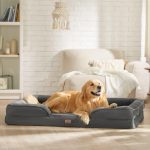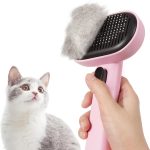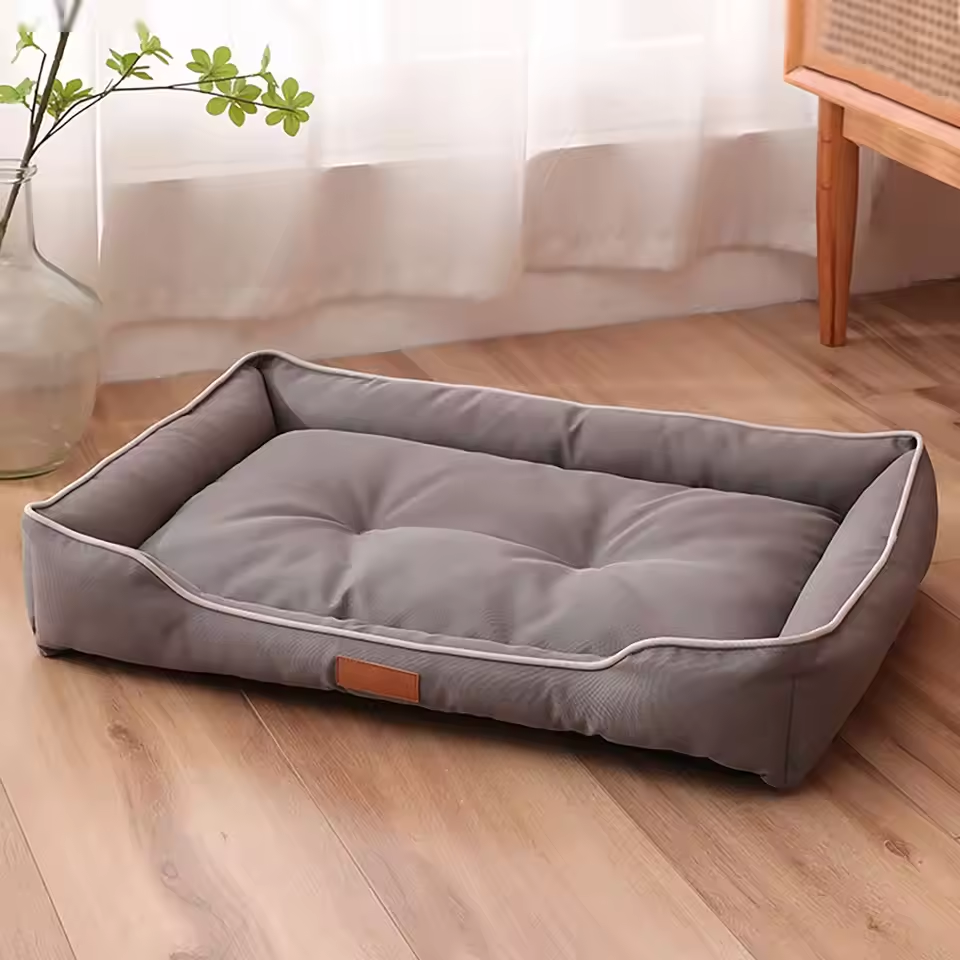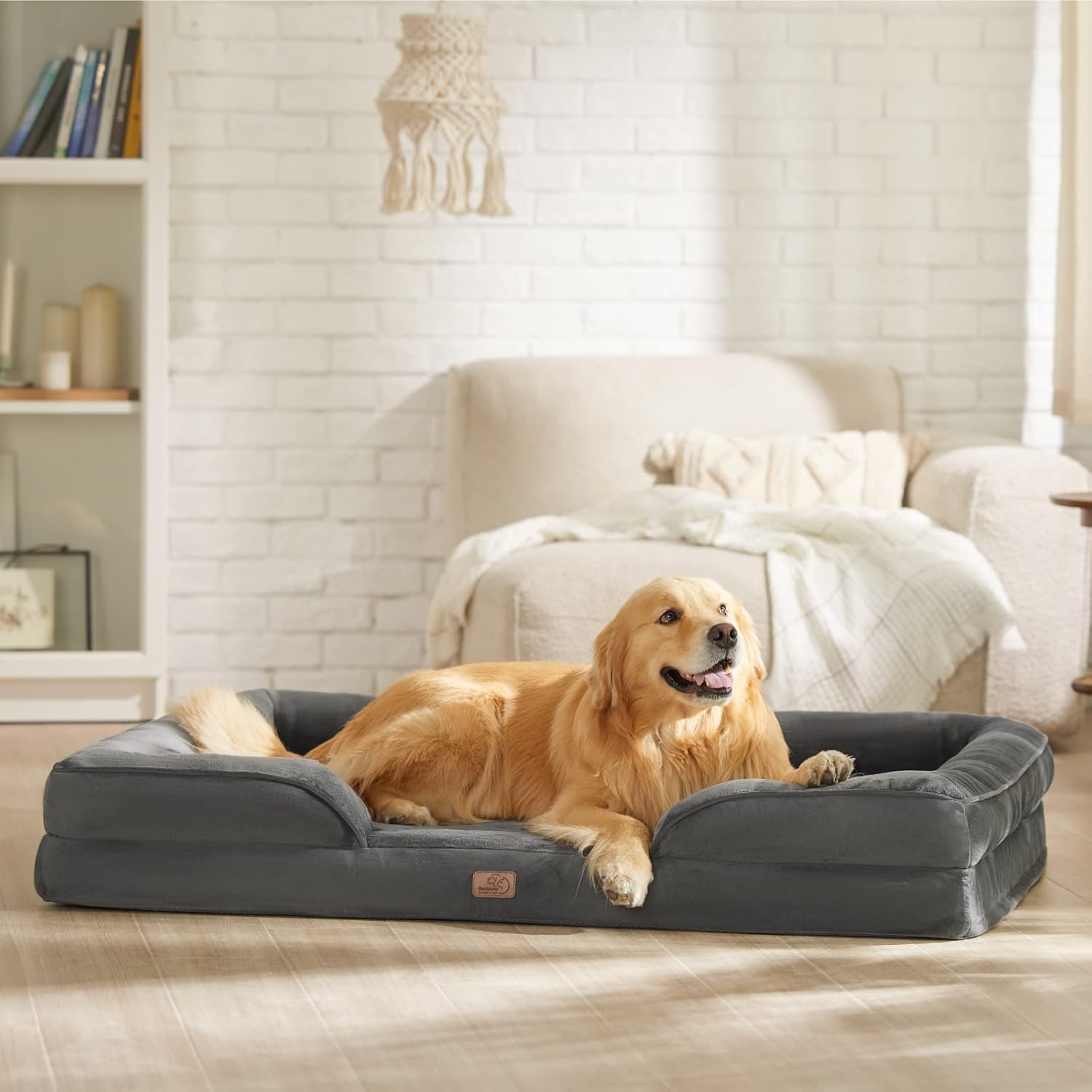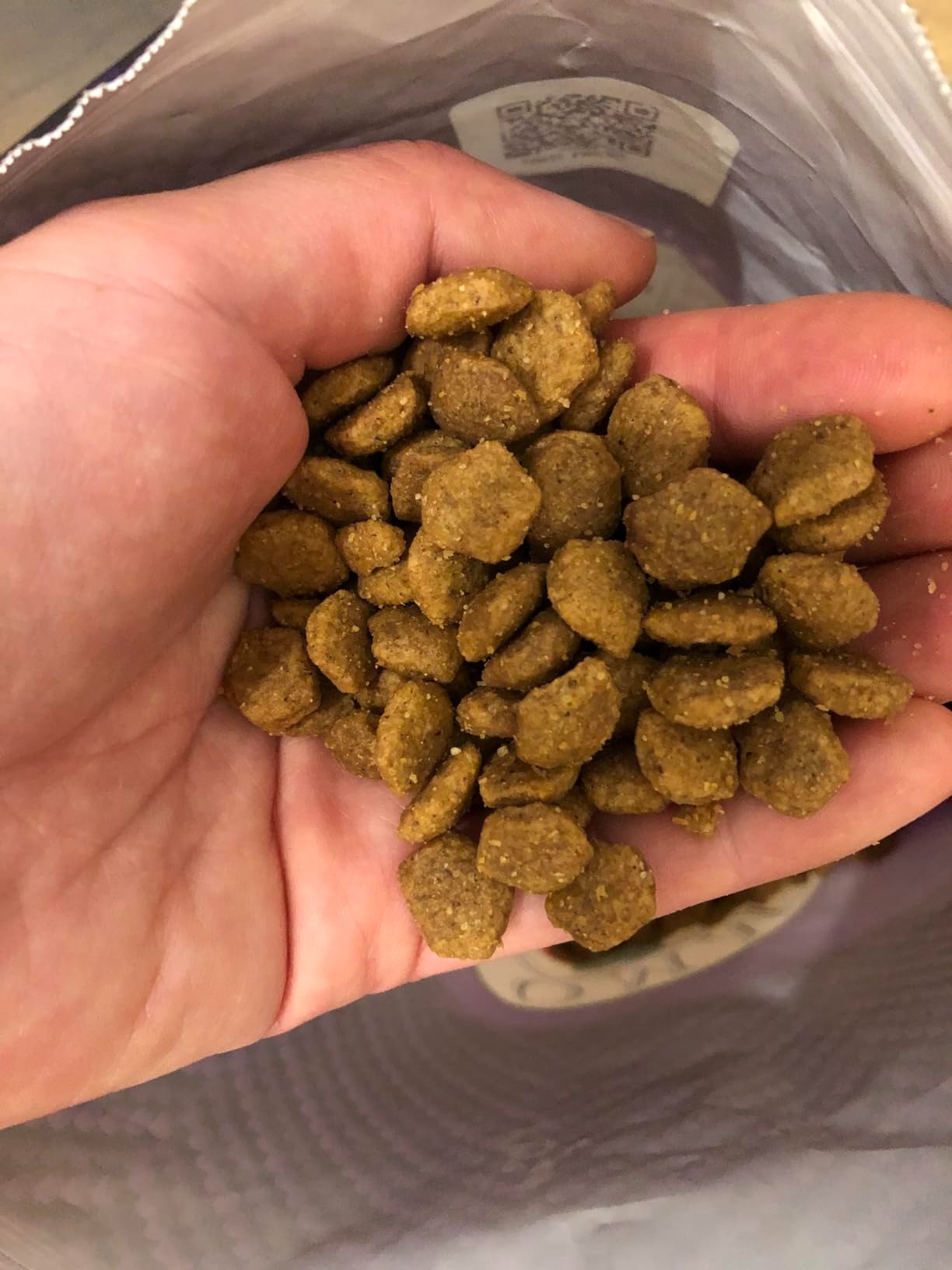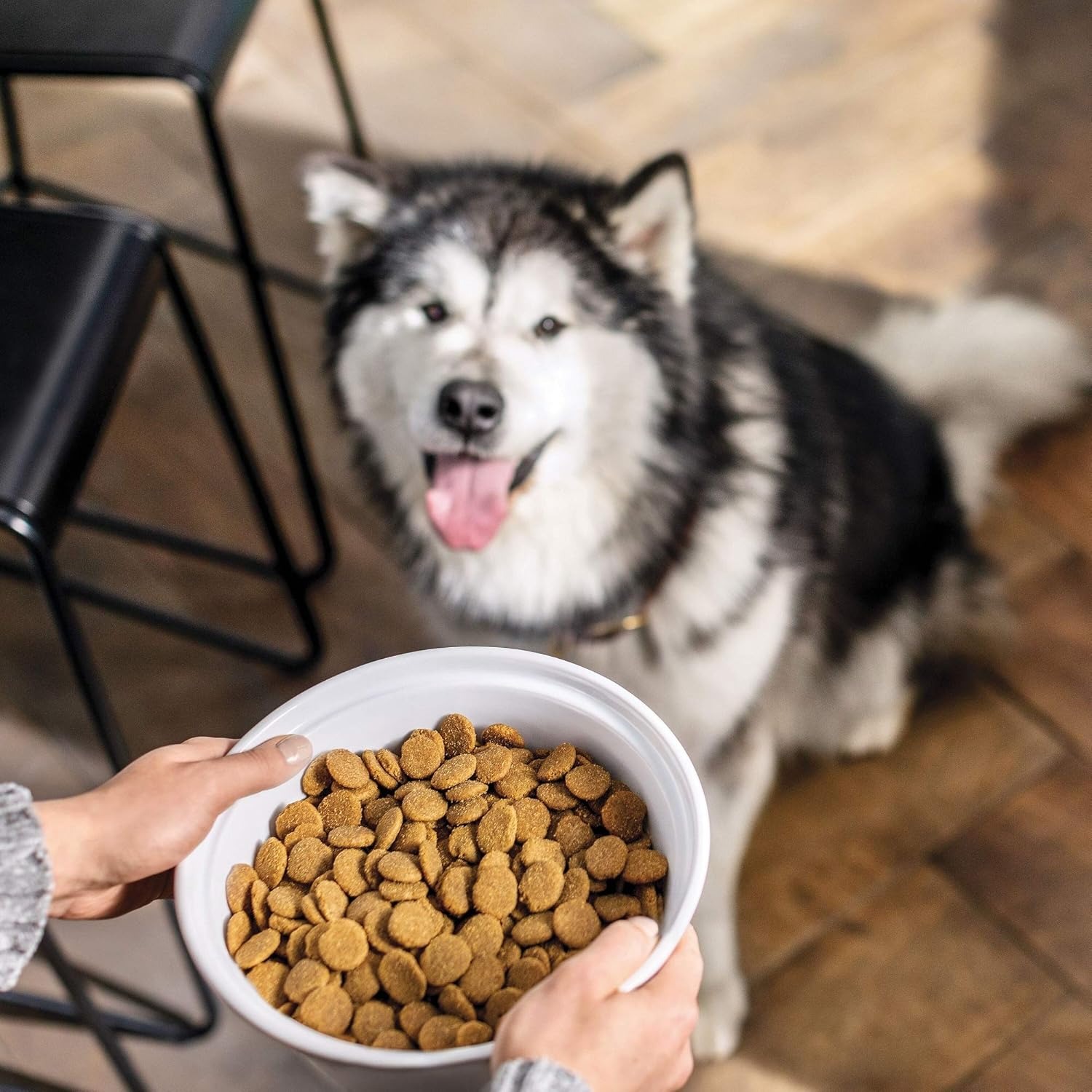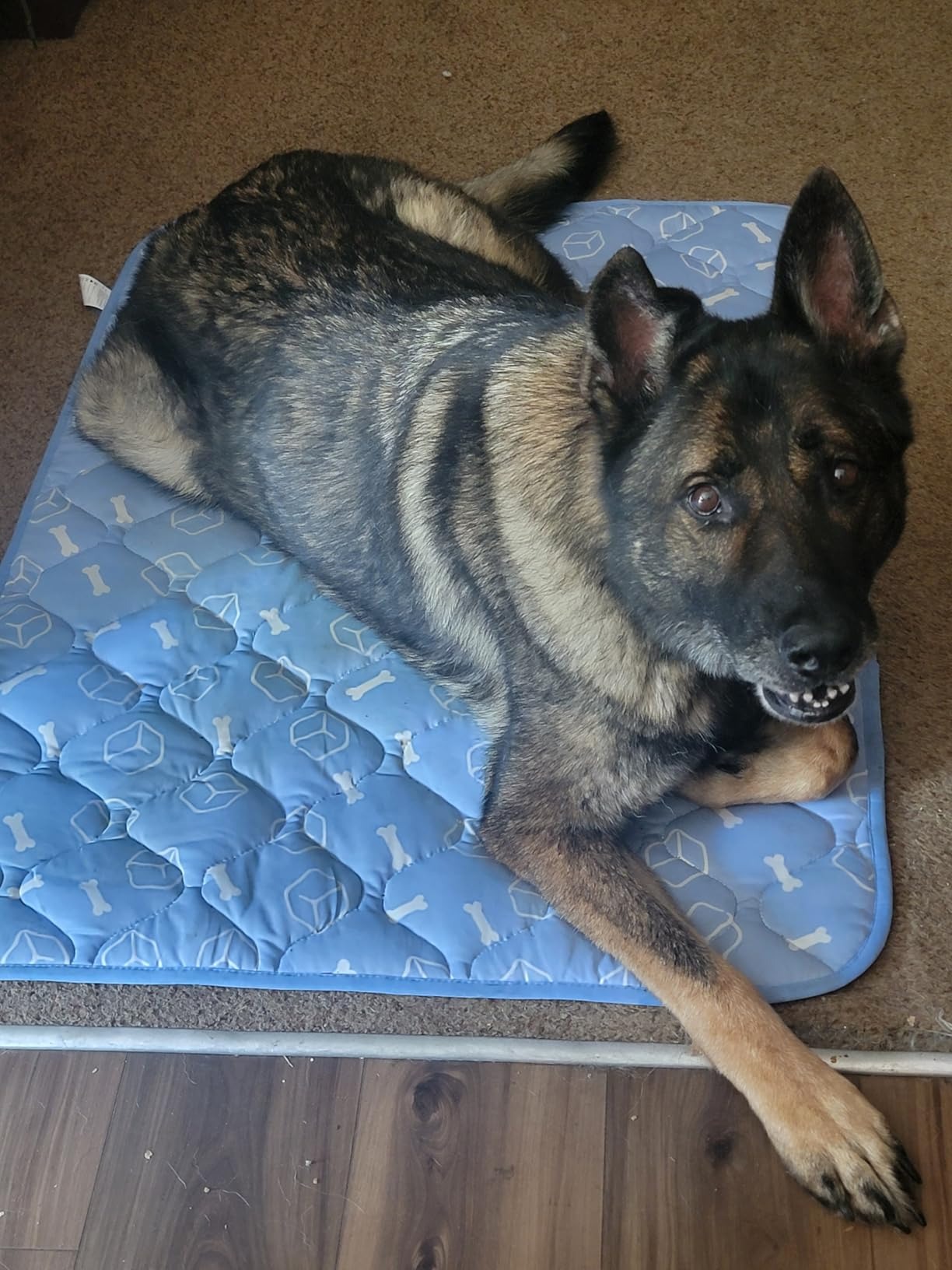Introduction
As more families bring pets into their homes, ensuring a safe and controlled environment has become a top priority. A pet fence indoor is an efficient way to manage where pets can go without restricting them entirely. These fences offer flexible boundaries that protect furniture, electronics, or specific rooms while still allowing pets freedom in designated areas. Whether you have a young puppy, a senior dog, or a curious cat, using a pet fence indoor helps reduce stress for both pets and owners. In 2025, manufacturers are offering smarter designs, improved materials, and modular systems that adapt to different living spaces. This article explores the benefits of using an pet fence indoor, how to choose the right one based on your needs, and the latest trends shaping this market. By understanding the available options, you can create a balanced and safe space for your furry friends.
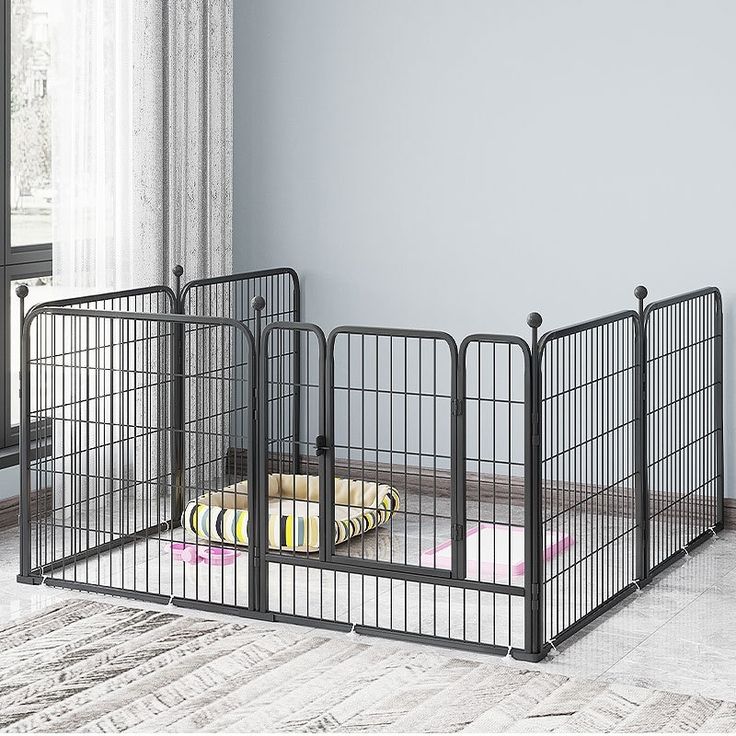
Why Pet Owners Are Choosing Indoor Pet Fences Over Traditional Gates
While traditional baby gates remain popular, many pet owners now prefer pet fence indoor solutions due to their flexibility and functionality. One major benefit is customization. Unlike fixed gates, modern pet fences can be arranged in various shapes and sizes to fit around furniture, hallways, or open-plan spaces. Another advantage is mobility. Many pet fence indoor systems are portable and easy to move, making them ideal for renters or those who want to adjust their pet’s access throughout the day.
Additionally, these fences often come with removable panels or adjustable heights, which allow owners to tailor the setup to their pet’s size and behavior. Some models also feature soft mesh material that maintains visibility while preventing escape attempts. Compared to standard gates, pet fence indoor systems provide better airflow and a less restrictive feel, helping pets stay calm and engaged. As pet-friendly living becomes more sophisticated, these fences continue to grow in popularity among responsible pet owners.
Types of Pet Fences for Indoor Use Available in 2025
In 2025, several types of pet fence indoor products cater to different user preferences and pet behaviors. First are freestanding panel fences, which consist of interlocking sections that form a flexible boundary. These are great for medium- to large-sized dogs and can be arranged in squares, rectangles, or L-shapes. Second, expandable pet gates function like accordion-style dividers but are built specifically for pets. They’re ideal for doorways or wide hallways and often come with pressure mounts or wall brackets.
Third, modular playpens combine fencing and flooring to create a contained play area. These are especially useful for puppies or small animals needing a safe zone with added comfort. Fourth, netting enclosures resemble sports-style boundary nets but offer breathable, lightweight walls that block escape attempts. Fifth, collapsible pet fencing kits use foldable frames with mesh covers for quick deployment and takedown—perfect for temporary setups or travel. Lastly, smart pet containment systems integrate with home automation tools to control access via sensors or app-based commands. Each type serves a unique purpose, allowing pet owners to find the best match for their lifestyle.
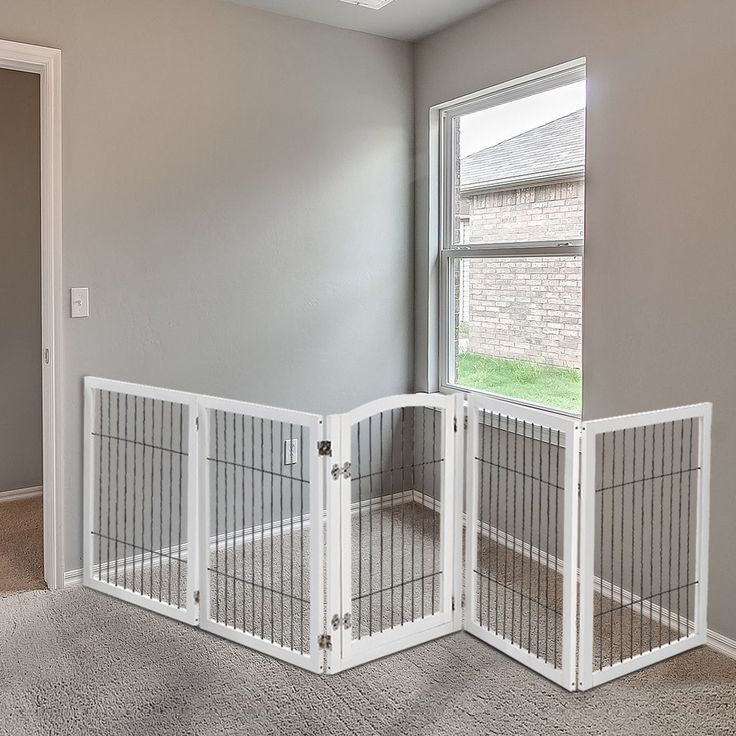
How to Choose the Right Pet Fence Indoor for Your Needs
Selecting the best pet fence indoor requires careful evaluation of several key factors. First, consider the size and breed of your pet. Large, active dogs need tall, sturdy fences with reinforced bases to prevent jumping or chewing. Smaller animals like kittens or rabbits benefit from shorter, enclosed pens that still provide visibility and airflow. Second, assess your usage environment. If you plan to use the fence in a hallway or living room, look for freestanding models that don’t require wall mounting. For multi-room setups, opt for modular systems that can expand as needed. Third, think about material durability. Metal or powder-coated steel lasts longer than plastic and resists wear from claws or teeth.
Mesh panels offer good visibility, while solid panels provide privacy and structure. Fourth, evaluate setup time and ease. Some pet barriers require no tools and assemble in minutes, while others may need screws or anchors for stability. Finally, consider budget and longevity. Entry-level models are affordable but may wear out faster, while premium ones offer long-term value despite higher upfront costs. By matching your choice to your pet’s behavior and your home layout, you’ll ensure a safe and satisfying experience with your pet fence indoor.
Top Brands Offering High-Quality Indoor Pet Fences in 2025
As demand for pet fence indoor products grows, several reputable brands have emerged as leaders in this market. First, Carlson Pet Products is known for its durable, adjustable dog playpens that are ideal for indoor use. Their freestanding panels are easy to connect and come in multiple sizes. Second, MidWest Industries offers rugged, heavy-duty playpens with rust-resistant coatings and secure latches—great for large breeds or multi-dog households. Third, Vision Pet Care produces lightweight, portable fencing systems designed for flexibility and quick setup.
Their X-shaped panels can form squares, rectangles, or L-shapes. Fourth, Petsafe offers a range of indoor containment solutions, including smart electronic boundaries and modular fencing kits that adapt to different environments. Fifth, SureFlap specializes in microchip-activated entry systems that restrict access to certain zones. Sixth, Genius Pens provides weatherproof, insulated fencing and play areas suitable for indoor and outdoor use. Lastly, independent sellers on Etsy and eBay offer custom-built and handmade pet fence indoor solutions tailored to individual preferences. With so many choices, finding a high-quality pet fence indoor has never been easier.
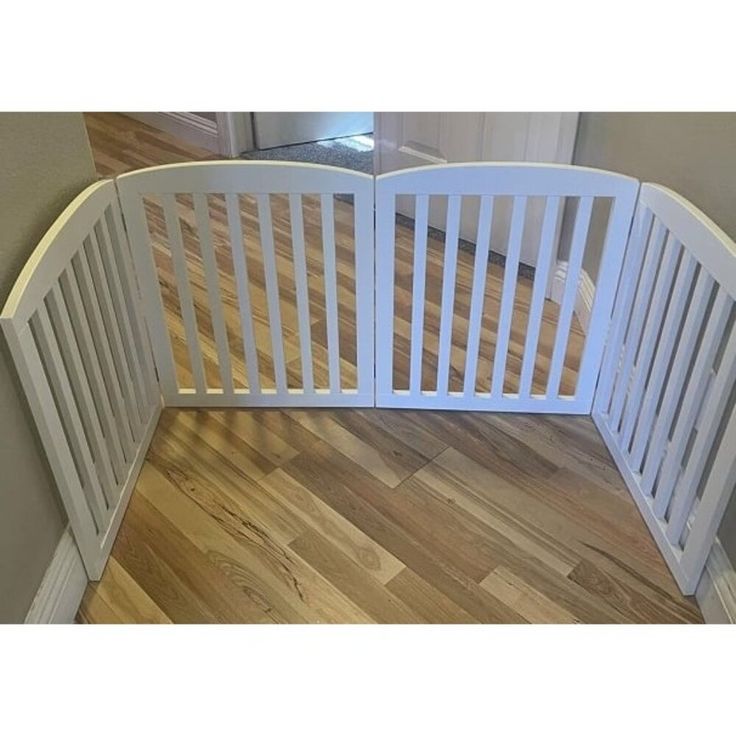
Setting Up and Maintaining
Proper installation and maintenance of your pet fence indoor ensures long-term performance and safety. Start by choosing a flat, stable surface for setup. Uneven floors can cause gaps or instability, increasing the chance of escape. Next, secure the fence using non-marking feet, wall brackets, or tension mounts depending on your model. Freestanding versions should be placed away from slippery surfaces to avoid sliding. Once installed, check for any openings or weak spots a curious pet might exploit.
Walk around the perimeter and test seams, zippers, and latches. Make sure there are no sharp edges that could scratch or injure your pet. Regular cleaning helps maintain appearance and durability. Wipe down metal or plastic parts with a damp cloth and mild detergent. For mesh panels, use a soft brush to remove dust and debris. Avoid harsh chemicals that may damage the material or irritate animals. Finally, inspect for signs of wear such as bent poles, torn fabric, or broken clips. Replace damaged parts promptly to avoid future issues. By following these steps, your pet fence indoor remains safe, functional, and visually appealing.
Where to Buy Reliable Pet Fences for Indoor Use
Finding a trustworthy source for your pet fence indoor means knowing where to shop. Major online retailers like Amazon, Chewy, and Walmart offer a wide selection from top brands at competitive prices. These platforms often include customer reviews and comparison tools to help with decision-making. Specialty pet stores such as Petco and PetSmart also stock high-quality fencing solutions, and their staff can provide expert advice on setup and suitability. Independent brands usually sell directly through their official websites, offering exclusive deals and custom options. For local purchases, hardware stores like Home Depot or Lowe’s sometimes carry pet-safe fencing materials that can be adapted into DIY setups.
International shoppers can explore regional pet supply stores or global marketplaces like eBay and AliExpress for diverse selections. When buying online, always review return policies and warranty coverage. Look for sellers with responsive customer service and clear product descriptions. Subscribing to newsletters or following social media pages of favorite brands keeps pet owners updated on new arrivals and promotions. With so many purchasing options available, selecting the right pet fence indoor has become more convenient than ever.
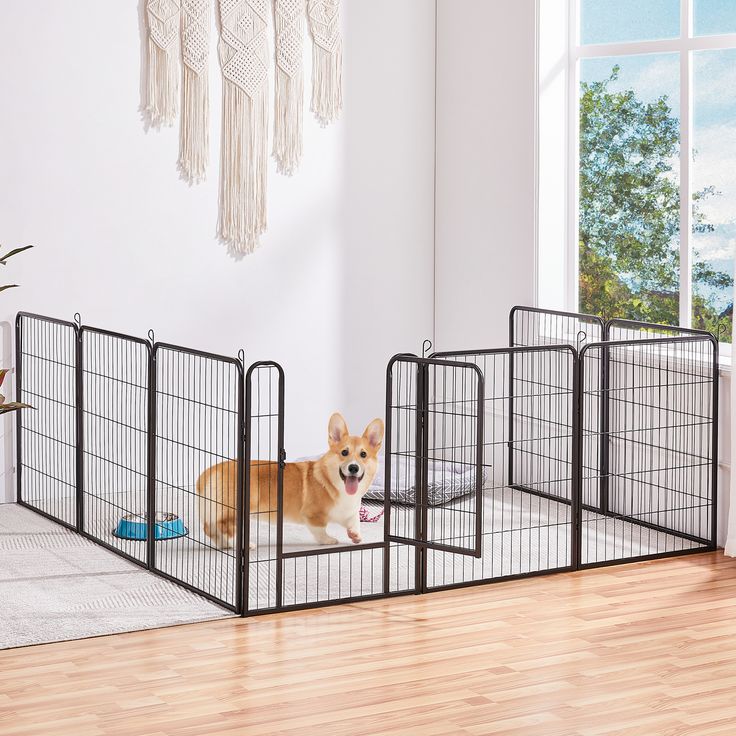
Safety Tips
While a pet fence indoor provides a controlled play area, it’s important to use it safely. First, supervise your pet during initial interactions with the fence. Some animals may chew or dig if left unattended. Second, avoid placing the fence near hazards like hot stoves, electrical cords, or fragile items. Always provide shade and fresh water, even inside the home, to keep pets comfortable. Third, regularly inspect the fencing for signs of damage or structural weakness. Loose clips, bent poles, or torn mesh should be repaired immediately.
Fourth, secure all gates and entry points to prevent accidental escapes. Consider adding locks or child-proof fasteners for extra security. Fifth, introduce your pet gradually. Let them explore the enclosed area at their own pace to reduce anxiety or territorial behavior. Lastly, choose a size-appropriate fence. Small pets may squeeze through gaps, while tall dogs can jump over low barriers. By following these tips, your pet fence indoor remains a safe and enjoyable space for your pet.
Customizing and Expanding
Many pet fence indoor systems allow for personalization and expansion, making them adaptable to growing families or changing needs. Modular designs let users add extra panels, gates, or connectors to increase the play area. Some companies offer interchangeable components like curved corners, ramps, or tunnels that create dynamic play environments. Adding removable roofs prevents agile climbers from escaping, while floor panels block diggers from burrowing out.
Decorative elements like vinyl wraps or colorful posts enhance aesthetics without compromising function. Pet owners can also integrate toys, agility equipment, or feeding stations inside the enclosure to enrich the experience. For multi-pet households, partitioning sections allows separate use while maintaining visual contact. Taking advantage of these customization options turns a simple pet fence indoor into a vibrant, interactive space that supports physical activity, mental stimulation, and bonding between pets and owners.
Conclusion
In conclusion, a pet fence indoor is a smart investment for pet owners who value safety, convenience, and freedom. Whether you live in an apartment, house, or travel frequently, these fences offer flexible and secure play spaces that suit a variety of environments. In 2025, advancements in design, materials, and functionality make it easier than ever to find the perfect solution for your pet’s size, energy level, and personality. From temporary setups for travel to durable enclosures for daily use, there’s a pet fence indoor for every lifestyle.
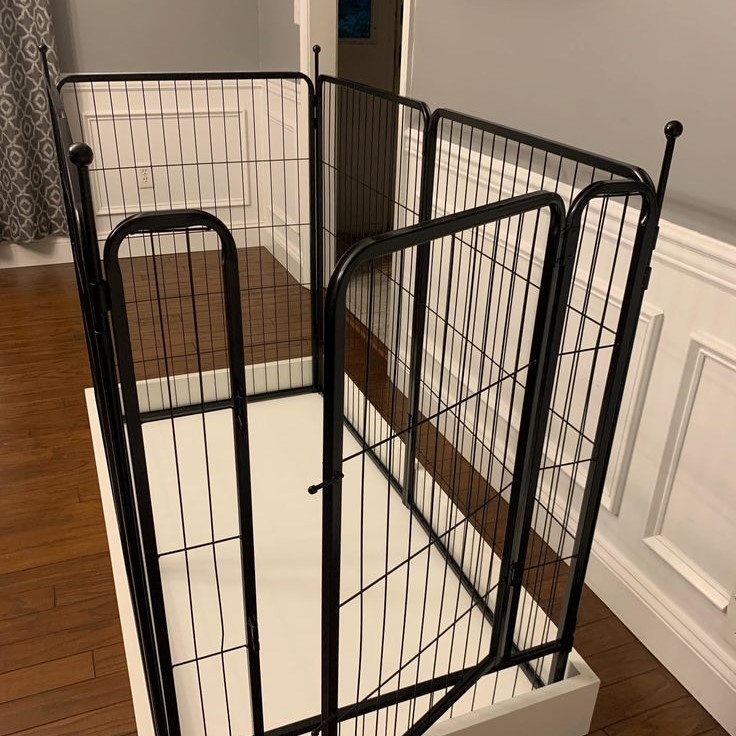
Proper installation, regular maintenance, and thoughtful customization ensure long-term satisfaction and optimal safety. As pet ownership continues to evolve, providing a dedicated, controlled indoor space enhances quality of life for animals and strengthens the human-animal bond. So, whether you’re looking for a weekend playpen or a year-round home addition, invest in a trusted pet fence indoor—and enjoy watching your pet thrive in a secure, engaging environment.
